by Bradley E. Ayers
[Editor’s note: Brad Ayers was a good man. When I tripped over his review of my book with Four Arrows, I wanted to share it with my readers as a form of recognition. Subsequent to the publication of American Assassination (2004), I flew John P. Costella, who has a Ph.D. in physics with a specialization in electromagnetism, to Duluth, where we tramped around in -35*F weather picking up pieces of the wreckage in the snow. The result was our co-authored, “The NTSB Failed Wellstone”, from which the photos I have added here were taken. For more, see, for example, my one-hour lecture on the crash at UMD in November 2005.]
AMERICAN ASSASSINATION: THE STRANGE DEATH OF SENATOR PAUL WELLSTONE
 Four Arrows and Jim Fetzer
Four Arrows and Jim Fetzer
Vox Pop ($14)
American Assassination challenges the reader to render careful, critical judgment about the causation of Paul Wellstone’s death, when his chartered plane went down in a remote area of northeastern Minnesota in October 2002. Was the crash an accident, a bizarre twist of fate on the eve of the fiery, outspoken liberal Democrat’s predicted reelection to the narrowly divided U.S. Senate? Or was the plane’s destruction the work of threatened right-wing forces determined to sabotage our country’s elective process for political gain?
Authors Four Arrows (aka Donald Trent Jacobs) and Jim Fetzer passionately assume the latter, but not without making a powerful case. Their thesis is structured around the fundamental, time-honored considerations when appraising any crime: did a potential perpetrator have the means, motive, and opportunity to commit the act, and is there human testimony or physical and circumstantial evidence to support each of these criteria?
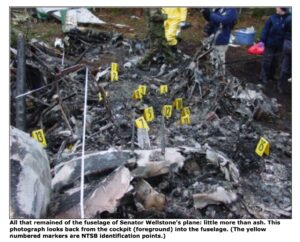
The initial chapters of the book are devoted to building the evidentiary case. Fetzer and Jacobs meticulously piece together the events and identify personalities involved preceding the tragedy, as well as those actions and developments, both official and unofficial, following the crash. The authors’ reach for information is extensive and goes well beyond that of the authorities. Many contradictions and inconsistencies in the reactions and pronouncements of first responders to the crash site are examined, all suggesting a deliberate effort to tamper with or remove critical evidence from the scene.
It’s primarily on the basis of this factual data, which includes verbatim quotations from local authorities, the Federal Bureau of Investigation, the National Transportation Safety Board (NTSB), and the Federal Aviation Administration (FAA) as well as regional and national media reportage, that an impressive scenario of a possible conspiracy and cover-up emerges. The accusative finger points to the Bush White House and the most powerful in the Administration, with the complicity of key federal agencies. Brief early digressions comparing a possible Wellstone murder conspiracy with other controversial high-profile deaths are a minor distraction; all in all, this is goosebump-producing reading for anyone with lingering suspicions about the crash scene investigation by officials of the U.S. Government.
Having quite effectively made the evidentiary argument for post-crash concealment and deliberate spoilage of the scene, the authors’ turn to the motive issue. These enlightening chapters are absolutely essential to appreciating the breadth and intensity of the Bush cabal’s animosity that may have led to Wellstone’s elimination. American Assassination brings together in its central chapters an extensive list of factors, some fairly obscure in the public view, clearly identifying the Minnesota Senator as a persistent and even greater future threat to the conservative Republican agenda.
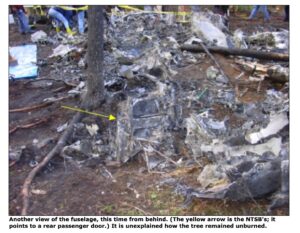
With the actual events, initial reactions and reports, documented physical aspects of the wreckage and crash scene observation and the possible motive for assassination and cover-up now before the reader, Fetzer and Jacobs offer a detailed retrospection of alleged “accidental” and “lone-gunmen” fatalities of key or high-profile political figures in the U.S. over the past forty years. Comparison and parallels are drawn between these and the possible murder of Senator Wellstone, buttressing the assassination conspiracy premise.
At this point in the book, in their capacity as educators, the authors step away from the specifics of the case and engage in serious tutoring. Several chapters of the book are devoted to a rather expansive, academic and slightly complex theoretical discussion of critical thinking. This is the methodology professors Fetzer and Jacobs applied in investigating the fatal Wellstone plane crash and analyzing the events, circumstances, evidence and other factors surrounding it. While sometimes a little heavy on classical logic process, the effort is well intentioned and encourages the reader’s appreciation for the authors’ intellectual effort in researching the Wellstone tragedy.
The truly interested reader is now, hopefully, versed in the discipline by which Fetzer and Jacobs build their case for an assassination conspiracy in the downing of the Wellstone plane. The authors’ dissect, item by item, the government’s handling of the event, from crash site response and investigation to the suspected manipulation of public information—essentially illustrating how the official system either failed or was perverted to facilitate a manufactured explanation for the crash.
The authors thoroughly document a pattern of procrastination, obfuscation, buck-passing, unanswered inquires, procedural anomalies, policy circumventions, apparent incompetence, discrediting of witnesses and sources, ignorance and degradation of physical evidence value. Most disturbing is the assertion the FBI played a key part in the initial phases of the crash investigation, usurping the established role of NTSB as the responsible action agency in any fatal aircraft incident. The authors’ offer a compilation of peripheral testimony, qualified sources familiar with airplane crashes and standards for investigating them.
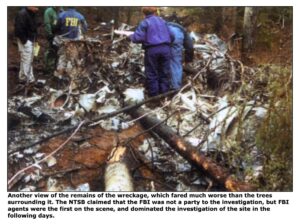
Furthermore, the authors’ point out the Wellstone crash investigation was never subject to public hearing as mandated by NTSB regulation in any high profile case. Staunchly defending the assassination conspiracy argument, Fetzer and Jacobs, in full attack mode, rebut the final NTSB “accident” report with a vengeance. Sentence by sentence, they catalogue the reports’ contradictions, lapses, selective use of evidence and testimony, manipulated phraseology, and ignorance of available information that might undermine the government’s finding that the crash resulted from pilot error. The authors’ conclusion is that the NTSB report is a transparent effort to establish plausible denial and is bogus.
Finally, American Assassination presents the reader with a variety of alternative explanations for the plane crash. Some tend toward the exotic, but are technically substantiated to a reasonable degree. Other, more conventional explanations are also posed for the reader’s consideration. Expert opinion is offered and expanded upon. The book concludes with a summary of the major points of argument, set forth in easily understood fashion.
The authors’ conviction and ardency are apparent in their work, as is the thoroughness of their research. If the book has any weaknesses from a literary standpoint it’s the indulgent, redundant comparison of the postulated Wellstone assassination conspiracy with the murder of John F. Kennedy and the questionable deaths of other major political figures in America in recent years. There is also repetitive overkill in citing the potentially compromising backgrounds of some of the key officials involved in the investigation and reporting of the Wellstone crash. And the astute reader will note a certain editing unevenness of the text, something that’s hard to avoid when combining the independent work of co-authors. The book also lacks a bibliography and index.
These shortcomings in no way detract from the substance and essential message of the book. Fetzer and Jacobs have produced an enormously provocative piece of work that should be of interest to anyone concerned that our Constitutional political process, our very lives, can be manipulated by evil forces hiding behind a façade of moral and ideological righteousness in America today. American Assassination, if widely read, could well prompt a public outcry that might ultimately lead to a full exposition of the facts surrounding the strange death of Senator Paul Wellstone. The book is a must read for all who search for the truth.
Bradley E. Ayers is a former Army special operations officer and author of The War That Never Was: An Insider’s Account of CIA Covert Operations Against Cuba (Bobbs-Merrill, 1976). As a former commercial air charter bush pilot, he has flown into Eveleth, Minnesota, the site of the Wellstone plane crash, many times under all varieties of weather conditions.
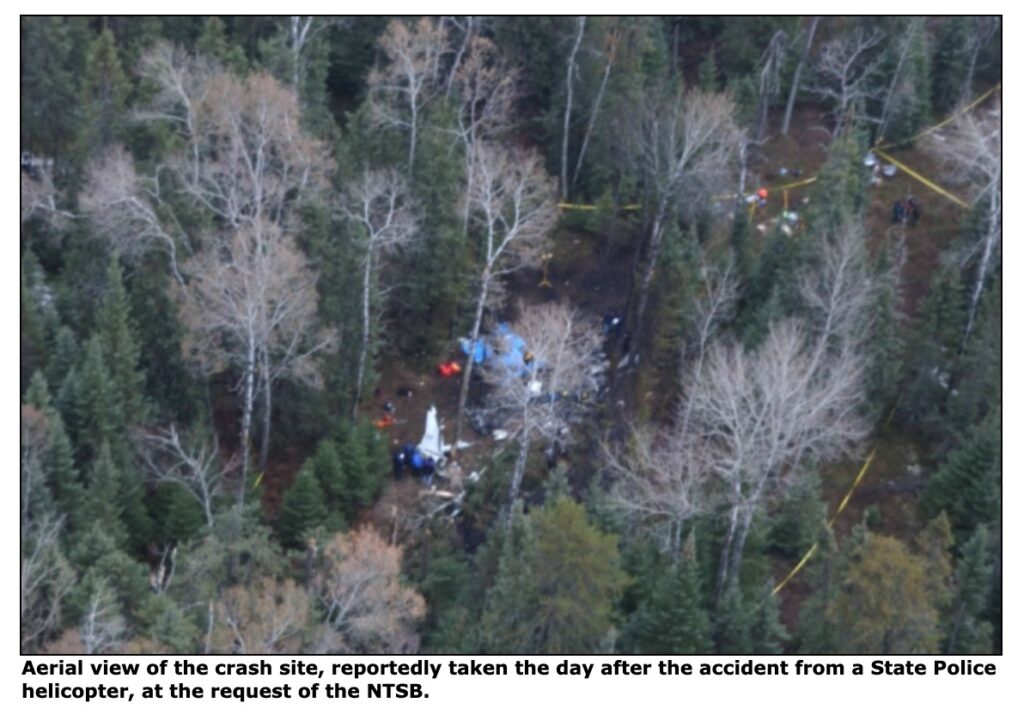

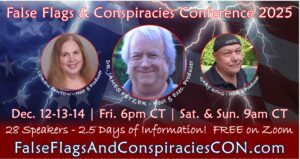


Yes, I should read the book before challenging!
However, I did check the weather and at the time of the crash near the airport it was cloudy, below freezing, and 100% humidity–definitely not VFR (VIsual Flight Rules) in effect.
As far as Wellstone is concerned, I just don’t believe he was a “big fish”, unlike Leahy and Daschle (victims of the anthrax attacks in 2001, before the Patriot Act was approved.) The Iraq War Resolution had already been approved by the Democratic controlled Senate 77-23 in early October 2022, with 29 of 50 Democratic senators voting in favor. Just as with Vietnam, when the Senate could have play an important role of peace before the war heated up, it did a no-show with Iraq–even more egregiously since the American public was much more reluctant to get involved in the Mideast. (Of course, 86 senators just again supported our pathetic/tragic involvement with Ukraine to the tune of $40B+, without most Americans even knowing where Ukraine is on a map.) I just don’t think Wellstone’s death made any difference in the big picture once the die were cast. But one cannot underestimate the arrogance and vindictiveness of people like Dick Cheney (or his daughter).
No. I have photos at the time. Pilots on the ground in the area reported the weather was just fine. The airport was an easy land. They drew the plane off course by manipulating the GPS. Paul was known as “the conscience of the Senate”. They worried he would be an inspiration to others. They brook no opposition. I think it was a small scale conspiracy involving Dick Cheney, Karl Rove, and Donald Rumsfeld. as I concluded.
While there are certainly troubling aspects of the case–isn’t any FBI over-involvement nowadays problematic?–but there are major differences between what transpired in this case as opposed to other infamous ones, most notably the “plane crashes” on September 11, 2001.
While I have not carefully researched the Wellstone crash, I can offer a few insights as someone knowledgeable about spatial disorientation aircraft accidents:
1. The accident rate for general aviation aircraft is very high as compared to commercial aircraft, for many different reasons (pilot status, aircraft technology, etc.). In very poor visibility, as was the case in this instance, private aircraft are even at greater risk.
2. Although one of the pilots was very experienced, spatial disorientation crashes follow a U-shaped function according to pilot experience–the greatest risk is for both highly experienced and highly inexperienced pilots. The experienced pilot (Conry) had some visual issues and had been criticized by colleagues for some of his actions in the cockpit and even urged to retire by one. The co-pilot, meanwhile, had a much more checkered aviation background.
3. Although icing of the plane was ruled out, weather was poor and there was a problem with the airport navigational beacon. The plane did not “break up” in midflight but flew for several minutes off-course and with insufficient airspeed, which suggests the pilots were distracted by their inability to see the runway.
4. The wreckage at first glance seems typical of a general aviation accident–it is completely different from the preposterous debris pattern (more specially, lack of debris!) in the case of the planes that supposedly hit the WTC and Pentagon and the ground on September 11, 2022.
5. Wellstone was a strong liberal senator, but he had voted for the Defense of Marriage Act and a host of foreign military operations (some very ill-advised) under Clinton and was not a radical politician in the same mode as other contemporaries such as Congressmen Kucinich and McKinney and Grayson, who in varying ways questioned the events of September 11th and were eventually all redistricted out of existence.
6. While Wellstone may have pulled off a victory in November 2022, his loss did not guarantee GOP control of the Senate as Democrat Fritz Mondale was expected to cruise to victory in his place until his campaign imploded in the final days and Norm Coleman narrowly won the special election.
The official explanations for the mid-air destructions of TWA 800 and Pan AM 103 are way more bogus than in this case. I would add the four “flights” on September 11th, except there is absolutely no evidence that they crashed or, in two cases, even took off.
No. The weather was fine. The plane was exceptional. The pilots were well-qualified. They manipulated the GPS to bring the plane into the “kill zone”, where an EM filed blew its electronic components and set the prop below idle. You really ought to read the book. Dick Cheney threatened Wellstone that, if he opposed them on Iraq, there would be “severe consequences for him personally and for the State of Minnesota”. And he followed through.